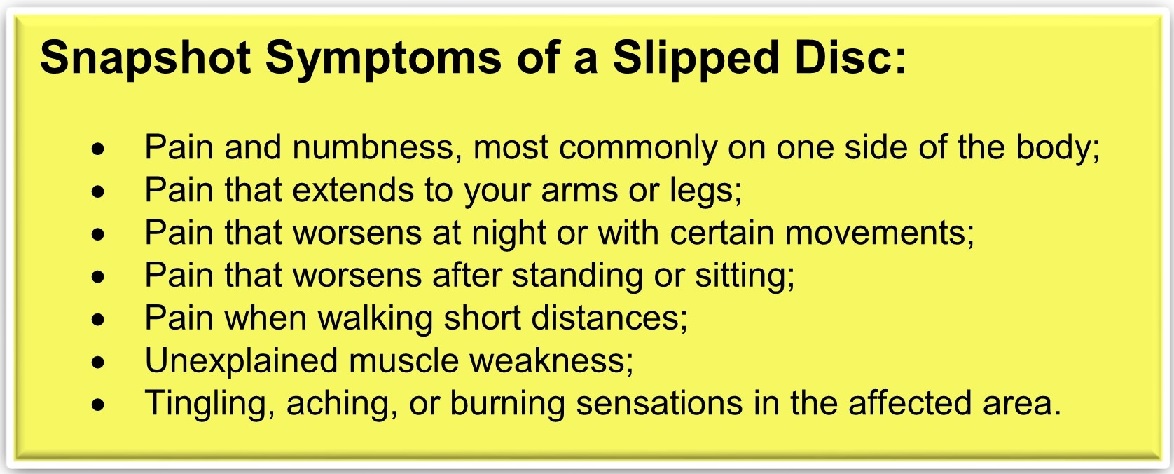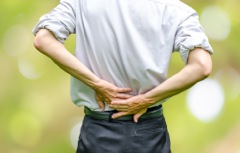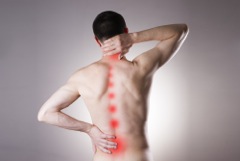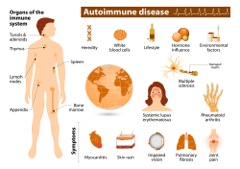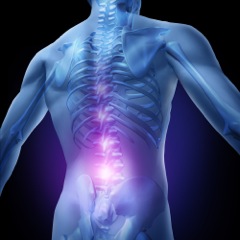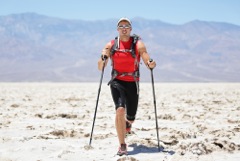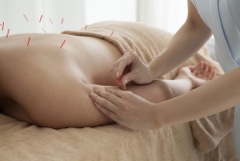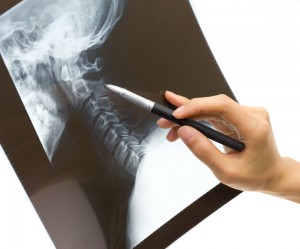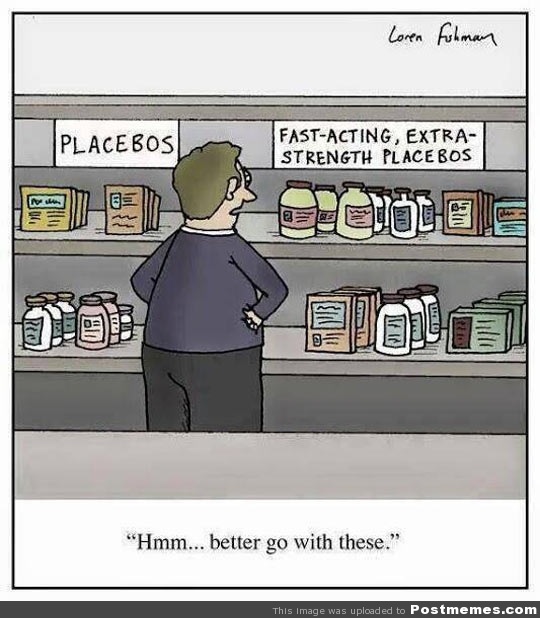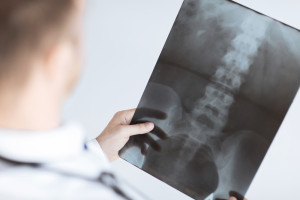 The practices of physiatrists and other practitioners, such as chiropractors, may be similar in scope but their differences should factor into a patient’s decision on which professional to visit. The severity of the condition for which a patient is seeking treatment, being of paramount importance.
The practices of physiatrists and other practitioners, such as chiropractors, may be similar in scope but their differences should factor into a patient’s decision on which professional to visit. The severity of the condition for which a patient is seeking treatment, being of paramount importance.
Physiatry is a branch of medicine that deals with the prevention, diagnosis and treatment of disease or injury ¾ and the rehabilitation of resultant impairments and disabilities ¾ using physical and sometimes pharmaceutical agents.
One patient describes how he made the decision to seek out a physiatrist at the suggestion of his chiropractor: “I was seeing a chiropractor and he urged me to consider physiatry,” the patient, whose name is being withheld because of privacy laws, said. “Chiropractics was born out of the practice of osteopathic medicine, with a focus on body health by manipulating the spine.”
At Michigan Spine and Pain, we believe strongly in the usefulness of chiropractic medicine, which is why chiropractors have a significant role in our practice. However, we do not believe in chiropractic medicine in a vacuum.
Physiatry, by its nature, involves more medical investigation and lab work to find the cause of pain. Physiatrists can achieve a lot of physical progress without the need to go under the knife. One of the most significant differences is that a physiatrist can prescribe pain medication and typically has better access to lab and advanced imaging testing.
At its most basic level, chiropractic medicine is designed to adjust the spine and to reduce or remove subluxations (misalignment) of the spine. Working on stress management and diet, in addition to pain management can be big factors in addressing back pain health. A physiatrist’s practice will work on those issues, because that is part and parcel of the subspecialty, which all affects the impact of treatment on the patient. In our practice, the physiatrist works with the chiropractor, so that the patient receives the best of all available treatments.
Physiatry is a whole body approach and the overall outcome will be better in the long run. Of course, if the issues are severe enough that non-surgical techniques are ineffective, a physiatrist, being a medical doctor, has the network of colleagues in other subspecialties to make specific referrals. In the end, it is about achieving the best outcome for the patient.


